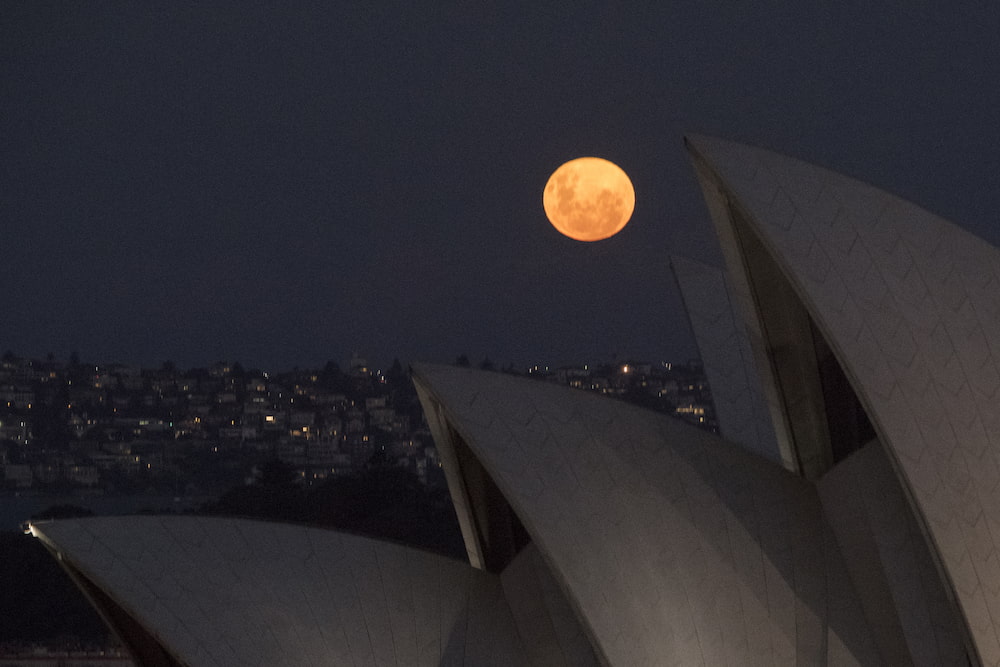Australian native grasses could be among a collection of plants sent to the moon on an Israeli spaceship.
The international collaboration between universities and industry bodies could make some promising findings about life on the moon and bolster agricultural development in Australia, a researcher says.
“The extreme conditions that earth is facing due to climate change present challenges for how we manage food security in the future,” Australian National University Associate Professor Caitlin Byrt said.
“If you can create a system for growing plants on the moon, then you can create a system for growing food in some of the most challenging environments on earth.”
An Australian native resurrection grass known as Tripogon loliiformis will be considered for the trip due to its ability to resist harsh conditions.
“Even after losing more than 95 per cent of its relative water content, the dead-looking grass remains alive and pre-existing tissues flourish when provided with water,” Queensland University of Technology plant biologist Dr Brett Williams said.
The plants will board the SpaceIL’s Beresheet 2 spacecraft with an aim to begin growing by 2025.
After landing on the moon, the growth and general health of the plants will be monitored for 72 hours and data and images will be beamed back to earth.
Schoolchildren will also be invited to analyse the space data to figure out which plants are thriving.



